
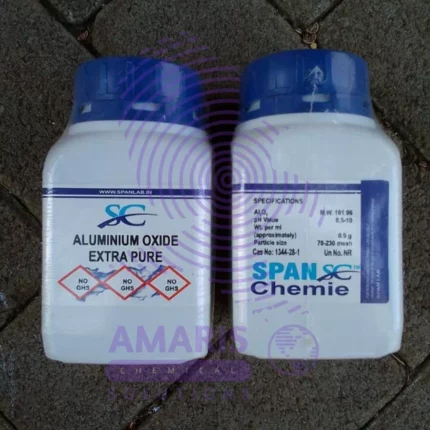
Aluminum Ammonium Sulphate
KSh650.00 Original price was: KSh650.00.KSh500.00Current price is: KSh500.00.
Aluminum ammonium sulfate, also known as ammonium alum or just alum, is a chemical compound with the formula (NH4)Al(SO4)2·12H2O. It’s a white crystalline solid commonly used in water purification, leather tanning, and as a mordant in dyeing textiles.
In water purification, alum acts as a coagulant to remove impurities by causing suspended particles to clump together, making it easier for filtration to remove them. In leather tanning, it helps to stabilize the leather by tightening the collagen fibers. And in dyeing textiles, alum helps the dye adhere to the fabric.
However, it’s important to note that excessive exposure to aluminum compounds like alum can be harmful, so it’s typically used with caution and proper safety measures.
Uses of Aluminum Ammonium Sulphate
Crystal Growing:
Ammonium alum crystals can be easily grown from a solution of the compound. These crystals are often used in educational settings to demonstrate crystallization processes or as a simple experiment for students to conduct.
pH Buffer:
Ammonium alum can act as a buffer solution, helping to stabilize the pH of certain solutions, particularly in educational or small-scale laboratory experiments.
Protein Precipitation:
It can be used for protein precipitation, particularly in the purification of proteins. Ammonium alum can help precipitate proteins out of solution, aiding in their isolation and purification.
Electrophoresis:
In some cases, aluminum ammonium sulfate can be used in electrophoresis applications, particularly in polyacrylamide gel electrophoresis (PAGE), where it can help to create a stable gel matrix.
Dyeing and Staining:
In histology and cytology laboratories, ammonium alum may be used as a mordant in staining procedures to help fix dyes to tissues or cells.
Microscopy:
Ammonium alum can be used as a mounting medium in microscopy to prepare slides for viewing under a microscope. It helps to preserve the specimen and provide clarity for observation.
Related products
Acetaldehyde
- Chemical Structure: Acetaldehyde consists of two carbon atoms, one oxygen atom, and four hydrogen atoms. Its structure is CH3CHO, where the carbon atom in the middle is doubly bonded to an oxygen atom and singly bonded to a hydrogen atom and a methyl group (CH3).
- Occurrence: Acetaldehyde can be found naturally in various ripe fruits, coffee, and heated milk. It is also produced by the oxidation of ethanol (alcohol) by enzymes in the liver and other tissues in humans, making it an intermediate product in alcohol metabolism.

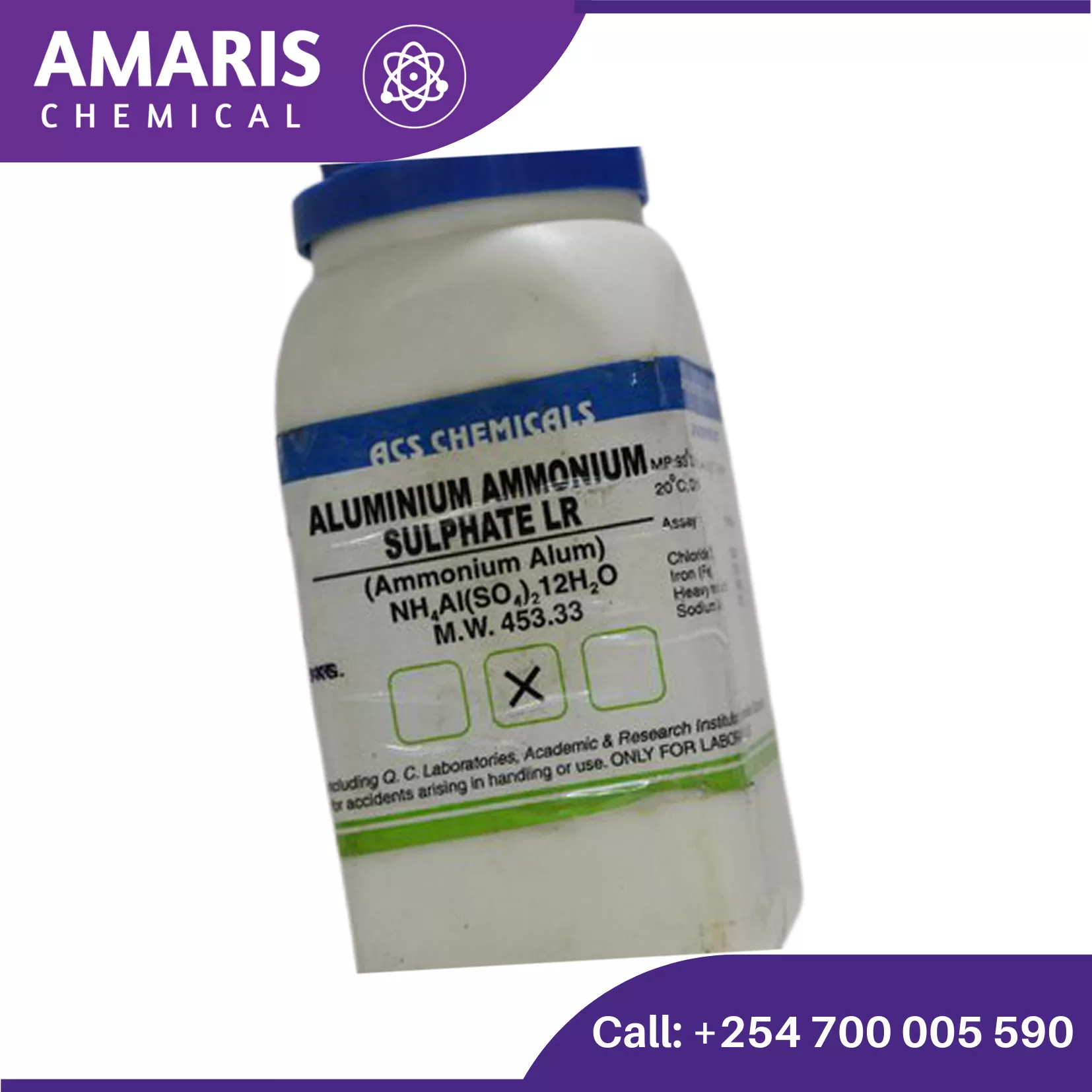
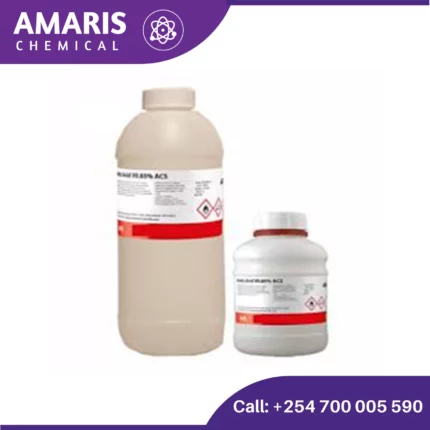
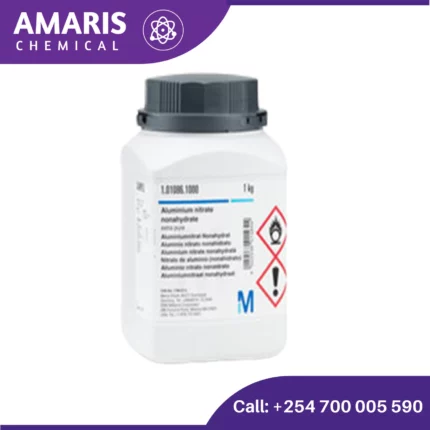
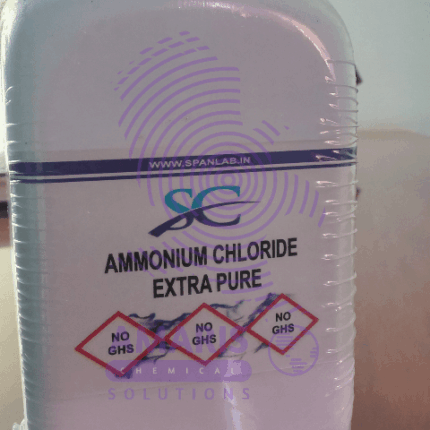
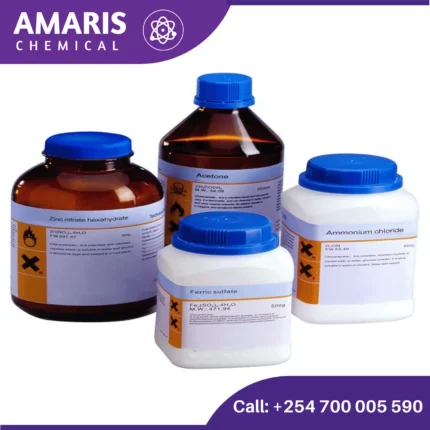
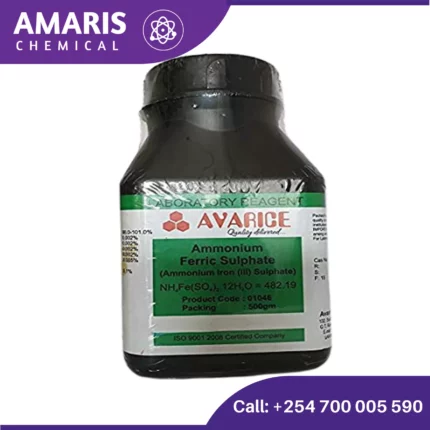










Reviews
There are no reviews yet.